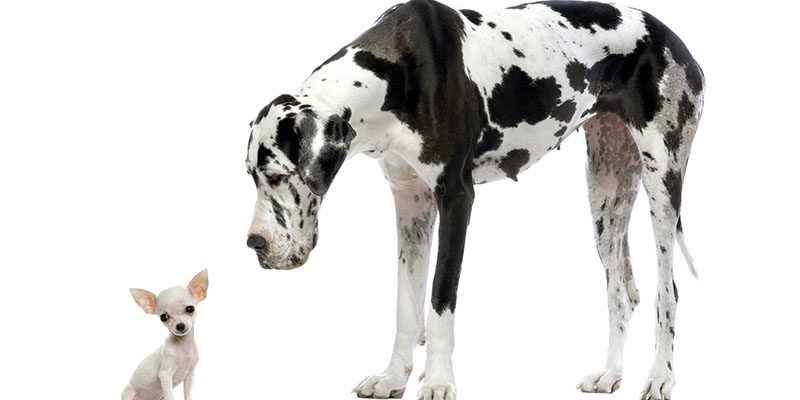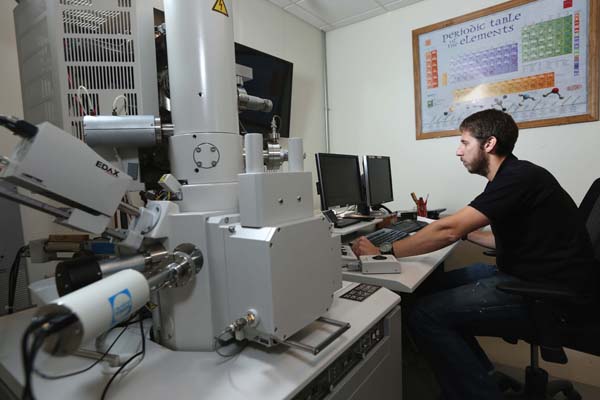Research
Smaller bodies, longer lives
Do little dogs live longer than big dogs? Chen Hou says they do, and the reason lies in a complex relationship between energy usage and lifespan.
Read More »Seeing it through and seeing through it
At 7 a.m. on a weekday, many college students are still asleep. Others hit the snooze button and struggle to get out of bed for an 8 a.m. class. But Matt Horst, EE’14, is usually already at work in the Applied Microwave Nondestructive Testing Laboratory (AMNTL) at Missouri S&T.
Read More »Hitting the sweet spot
While some undergraduate students peer through microscopes or write computer programs for their research projects, senior Arielle Bodine made the world of professional golf her laboratory. The applied math and economics double major recently took an eagle-eyed look at the factors that led Phil Mickelson and 46 other top professional golfers to pick up valuable […]
Read More »Baking bridges
Kristen Donnell, MS EE’03, PhD EE’10, an assistant professor of electrical and computer engineering at Missouri S&T, is using microwave energy to test concrete and rehabilitated aluminum, and in the future her work could lead to safer bridges and aircraft parts.
Read More »Saving the bats
White-nose syndrome kills bats by the millions. If not stopped, it could disrupt an entire ecosystem. But a group of Missouri S&T students learned that a compound found in citrus fruit can slow the disease.
Read More »Recovering oil with CO2
Traditional methods of oil recovery call for flooding well formations with water, but often as much as two-thirds of the oil is left behind through this process. Carbon dioxide is more efficient for oil recovery because it dissolves into oil and reduces its viscosity, but that approach also has problems.
Read More »Volcano warning
Much like National Weather Service sirens signal impending severe weather, so too may a similar system warn us before earthquakes strike or volcanoes erupt.
Read More »Imaging the final frontier
A Missouri S&T aerospace engineering professor is developing a microsatellite imager that could be used to check satellites, do small repairs or refuel spacecraft — and keep astronauts from making risky exploratory missions when something goes wrong.
Read More »Cleaning up nuclear waste … with glass
Stored in steel drums and buried in mountainsides, nuclear waste can remain radioactive for hundreds of thousands of years. Reducing the space needed to store the waste saves time and money and will reduce the overall environmental impact, says Richard Brow, Curators’ Professor of ceramic engineering.
Read More »High-strength steel = fuel-efficient cars
By the year 2025, cars and light trucks will average 54.5 miles per gallon — at least that’s the goal set by the U.S. Department of Transportation in its corporate Average Fuel Economy (CAFE) regulations.
Read More »

